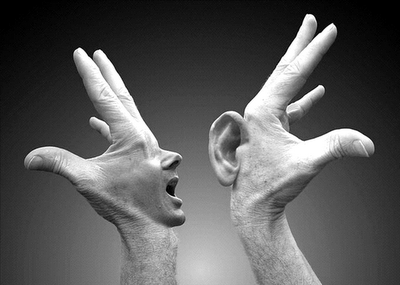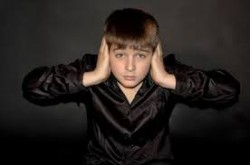


In these cases, psychotic symptoms predict more severe psycho-pathology (Kelleher et al, Br J Psychiatry 2012 201(l):26-32). Research in clinical populations demonstrated that 11- to 15-year-old patients who reported psychotic experiences had, on average, three diagnosable DSM-IV, Axis I disorders. Mood disorders can often present with accompanying psychotic features, including hallucinations (Edelsohn GA, Am JPsychiatry 2006 l63(5):781-785). A subsequent study confirmed that those with high sexual abuse scores were two to four times more likely to develop adult psychosis (Thompson AD et al, Schizophr Bull 2014 40(3):697-706). A positive association has been found for sexual abuse, physical abuse, emotional abuse, bullying, or neglect, but not parental death (Varese F et al, Schizophr Bull 2012 38:661-671). Several studies have demonstrated that experiencing childhood trauma is a risk factor for psychosis and hallucinations. These may manifest as fantastic illusions in which a child or adolescent describes extraordinary modifications of his environment (eg, he looks in a mirror and instead of seeing his own head, sees that of a pig) or pareidoliaillusions that occur without the patient making any effort, which may be due to excessive fantasy thinking and a vivid visual imagery. Illusions are misperceptions or misinterpretations of real external stimuli and may occur in delirium, depression with delusions of guilt, and/or be self-referential. Many non-psychotic hallucinations are associated with periods of anxiety and stress, and disappear when the stressful situation is resolved (Mertin P & Hartwig S, Child Adolesc Ment Health 2004 9(1):9-14). They may be experienced by hysterical or attention-seeking personalities.
AUDITORY HALLUCINATIONS SLEEP FULL
They are seen in full consciousness, known to be not real perceptions, are not located in objective space, but in subjective space, and are dependent on the individuals insight.

Pseudohallucinations are mental images which, although clear and vivid, lack the substantiality of perceptions. These may be part of a disabling childhood sleep disorder such as narcolepsy with cataplexy (Dauvilliers Y et al, Lancet 2007 369(9560):499-511). Hypnagogic hallucinations, occurring immediately before falling asleep, and hypnopompic hallucinations, occurring during the transition from sleep to wakefulness, are reported in 25% and 18% of the general population, respectively, but decline with age into adulthood. Other related phenomena observed during the developmental period include sleep-related hallucinations. Imaginary Companions and the Children Who Create Them. However, noncompliant imaginary companions exist, and are resistant to the host childs control (Taylor MA. Imaginary companions, sometimes described as hallucination-like phenomena, differ from hallucinations in that they can often be evoked by the child at will (in contrast with the involuntary nature of hallucinations), and may typically function as playing partners associated with positive emotions. There is disagreement as to the age when this distinction can be made, but it is thought that a normal child of average intelligence is fully able to distinguish between fantasy and reality by the age of three (Piaget J. New York: Guilford Press 1997:p 47-67).Īn hallucination is meaningful only after a child has learned to distinguish between his/her internal world and external reality.

Clinical Assessment of Malingering and Deception. In addition, hallucinations may be feigned by children and adolescents, often to get themselves out of situations with the law, their parents, peers, and others in authority (Resnick PJ. True hallucinations must be distinguished from perceptual distortions such as illusions or vivid imaginings, and other phenomena such as obsessions, compulsions, dissociative phenomena, pseudohallucinations, and borderline syndrome of childhood (Lewis M, Child Adolesc Psychiatr Clin North Am 1994 3:31-43).


 0 kommentar(er)
0 kommentar(er)
